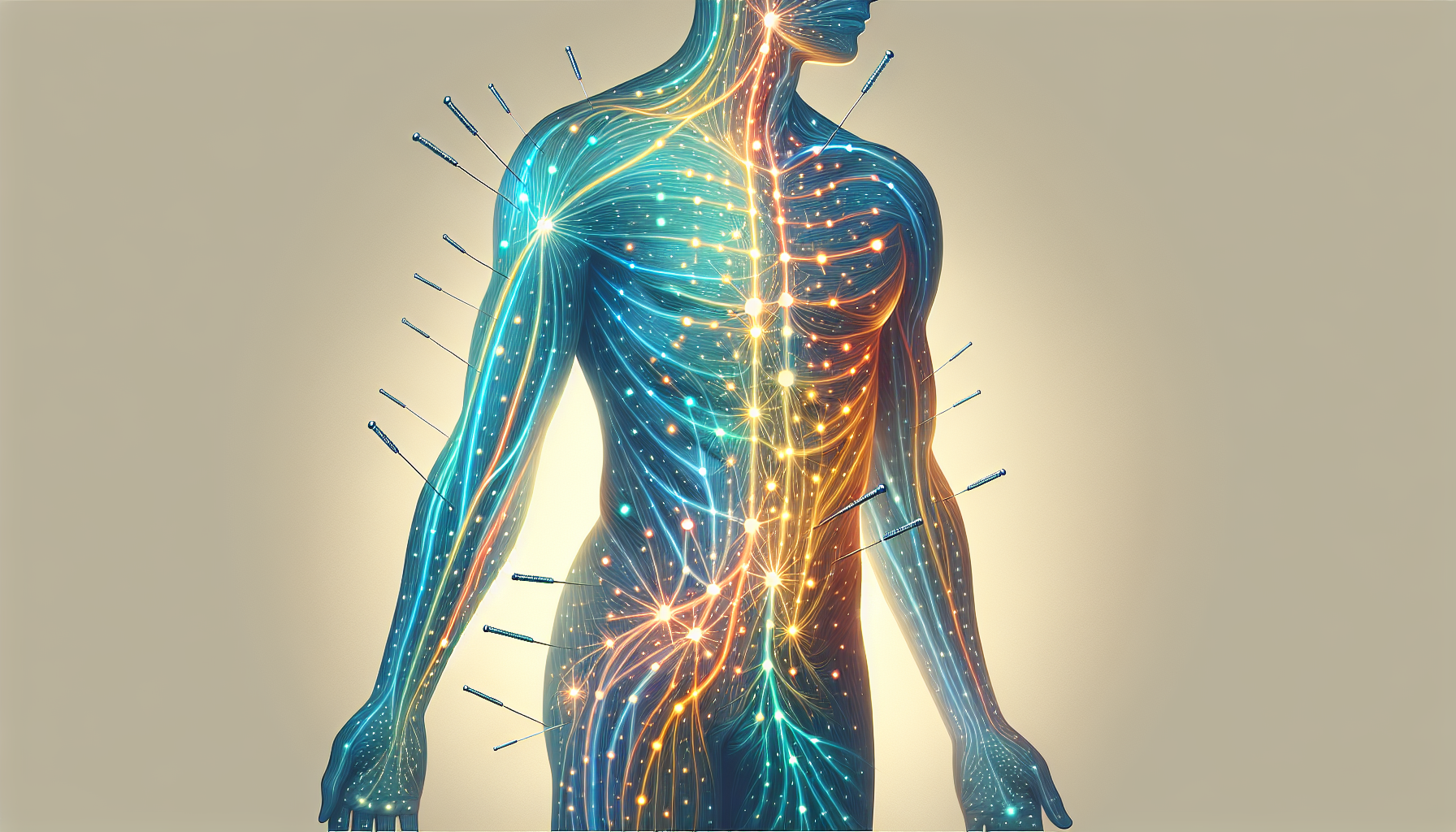In the ever-evolving landscape of healthcare, two distinct approaches stand out: acupuncture and Western medicine. While they differ significantly in their philosophies and methodologies, both have their unique strengths and limitations. Let’s delve into the comparison, benefits, and the growing integration of these complementary modalities.
Acupuncture: Ancient Roots, Holistic Approach
The Basics of Acupuncture
Acupuncture, with its origins dating back to around 100 BC in China, is rooted in traditional Chinese medicine (TCM). It revolves around the concept of qi (pronounced “chee”), the life force energy, and the intricate network of meridians through which qi flows. Acupuncturists insert thin needles into specific points along these meridians to restore balance and promote healing.
Holistic Assessment and Root Cause Identification
One of acupuncture’s defining features is its holistic approach. During an intake session, practitioners meticulously explore various aspects of a patient’s life, including diet, stress levels, sleep patterns, and emotional well-being. These detailed questions help identify the root cause of symptoms rather than merely addressing surface-level complaints. By understanding the interconnectedness of body, mind, and spirit, acupuncture aims to treat the whole person.
Efficacy and Research Evidence
While some skeptics question its scientific basis, there is growing research evidence supporting acupuncture’s efficacy. It has shown promise in various conditions, including:
- Musculoskeletal Pain: Acupuncture can provide relief from chronic pain, such as back pain, osteoarthritis, and migraines.
- Immunity Support: Studies suggest that acupuncture may enhance immune function and reduce inflammation.
- Fertility: Acupuncture complements fertility treatments by promoting relaxation, regulating hormones, and improving blood flow to reproductive organs.
- Cancer Treatment Support: Cancer patients often turn to acupuncture for symptom management, such as nausea, fatigue, and pain.
Integration with Western Medicine
Leading healthcare institutions, including Harvard and the Mayo Clinic, recognize the value of acupuncture. They incorporate it into their offerings alongside conventional treatments. Patients now have the option to combine the best of both worlds, benefiting from evidence-based Western medicine while embracing holistic practices.
Certified Practitioners and Regulation
Acupuncture can be administered by MDs (medical doctors) or certified, Licensed Acupuncturists. In the United States, it is a well-regulated treatment modality, ensuring safety and quality standards.
Western Medicine: Evidence-Based Precision
Scientific Rigor and Standard Treatments
Western medicine relies on rigorous scientific research and evidence-based practices. Medications, surgeries, and injectable therapies undergo extensive clinical trials with thousands of subjects. It excels in acute care, emergency situations, and precise interventions.
Physical Therapy as an Alternative
For those averse to medications, physical therapy offers an evidence-based alternative. Unlike acupuncture, physical therapy is grounded in human anatomy and scientific principles. While short-term sessions may not yield instant miracles, consistent home exercises lead to lasting improvements.
Chronic Inflammation and Long-Term Health
Western medicine emphasizes early intervention to prevent chronic inflammation, a common underlying factor in many diseases. Managing inflammation through lifestyle changes, medications, and targeted therapies is crucial for long-term health.
The Synergy of Both Worlds
Rather than pitting acupuncture against Western medicine, consider them as complementary tools. Integrating both approaches allows patients to benefit from holistic care while leveraging the precision of evidence-based medicine. Whether you seek relief from pain, support for fertility, or overall well-being, the synergy of ancient wisdom and modern science awaits you.
Remember, healing is not a one-size-fits-all journey. It’s about finding the right balance for your unique needs. So, whether you choose the gentle touch of acupuncture needles or the precision of medical interventions, prioritize your health and well-being above all else.
How Acupuncture Works
Qi and Meridians
Acupuncture operates on the premise that the body’s vital energy, known as qi, flows through specific pathways called meridians. These meridians connect various organs and tissues. When qi is balanced and unobstructed, health prevails. However, disruptions in this flow can lead to illness or discomfort.
Needle Insertion and Stimulation
During an acupuncture session, the practitioner strategically places thin, sterile needles at specific acupoints along the meridians. The goal is to restore the harmonious flow of qi. The needles stimulate nerve endings, triggering a cascade of responses:
- Local Effects: The needles cause microtrauma, prompting local blood flow, tissue repair, and the release of natural pain-relieving substances.
- Central Nervous System: Acupuncture influences the brain and spinal cord, modulating pain perception, mood, and autonomic functions.
- Endorphins and Serotonin: Needle insertion prompts the release of endorphins (natural painkillers) and serotonin (a mood regulator).
In Conclusion
Acupuncture bridges ancient wisdom with modern science. Its gradual approach, holistic assessment, and integration with Western medicine offer patients a comprehensive healing journey. Whether you seek relief from pain, stress reduction, or overall well-being, acupuncture remains a powerful tool in the healthcare toolbox.
Remember, healing is a collaborative effort. Consult with your healthcare provider to explore the best combination of treatments for your unique needs.
Disclaimer: Always consult with your healthcare provider before starting any new treatment or combining modalities.




